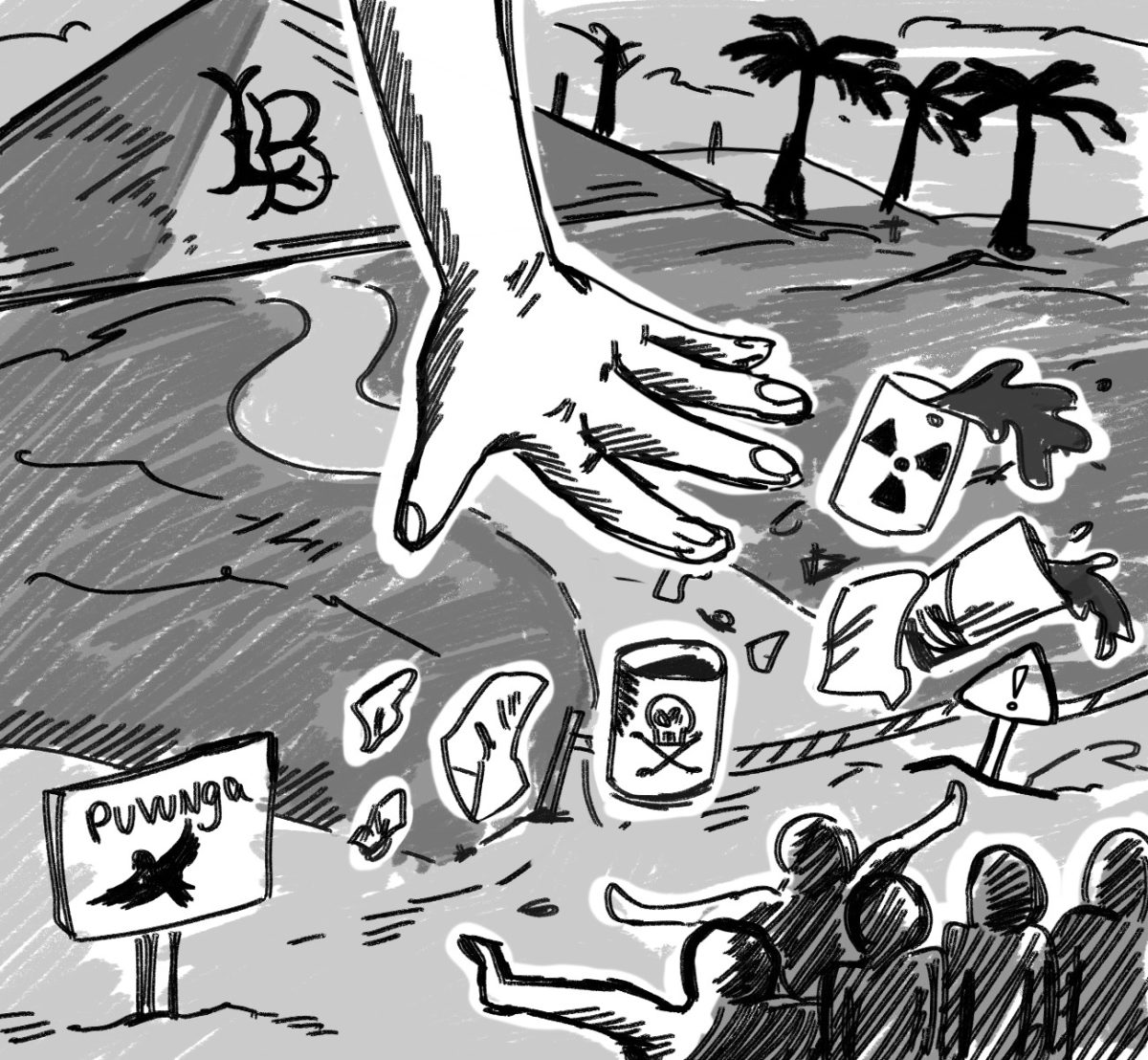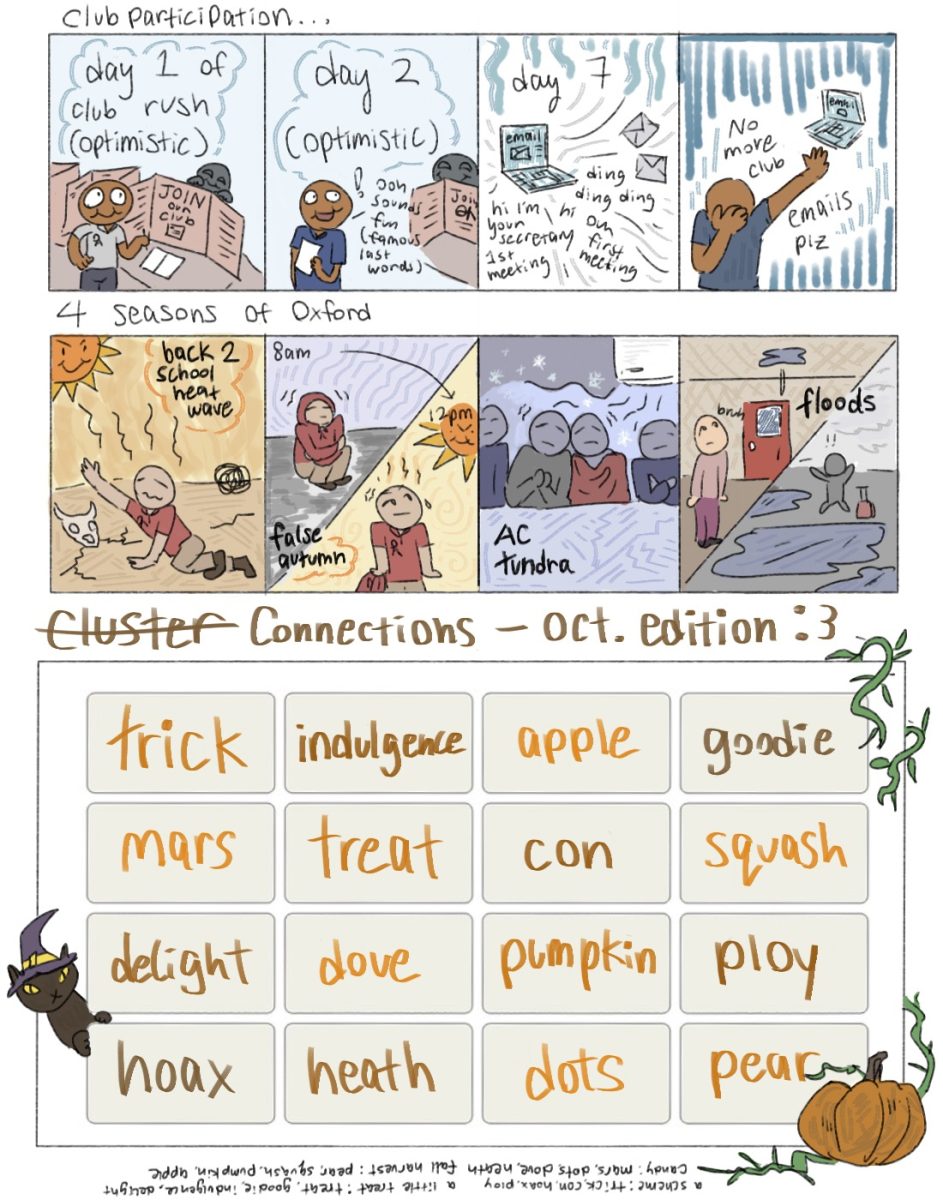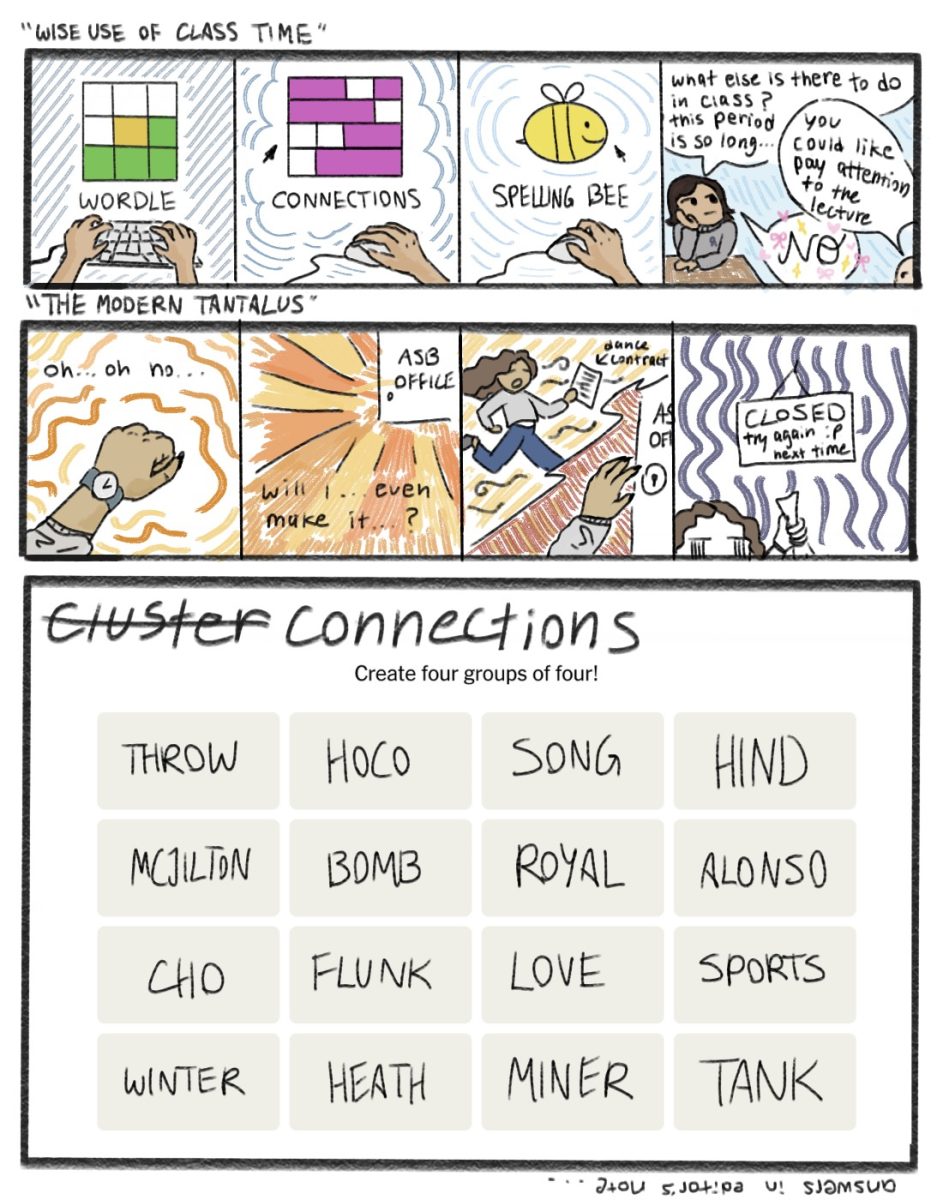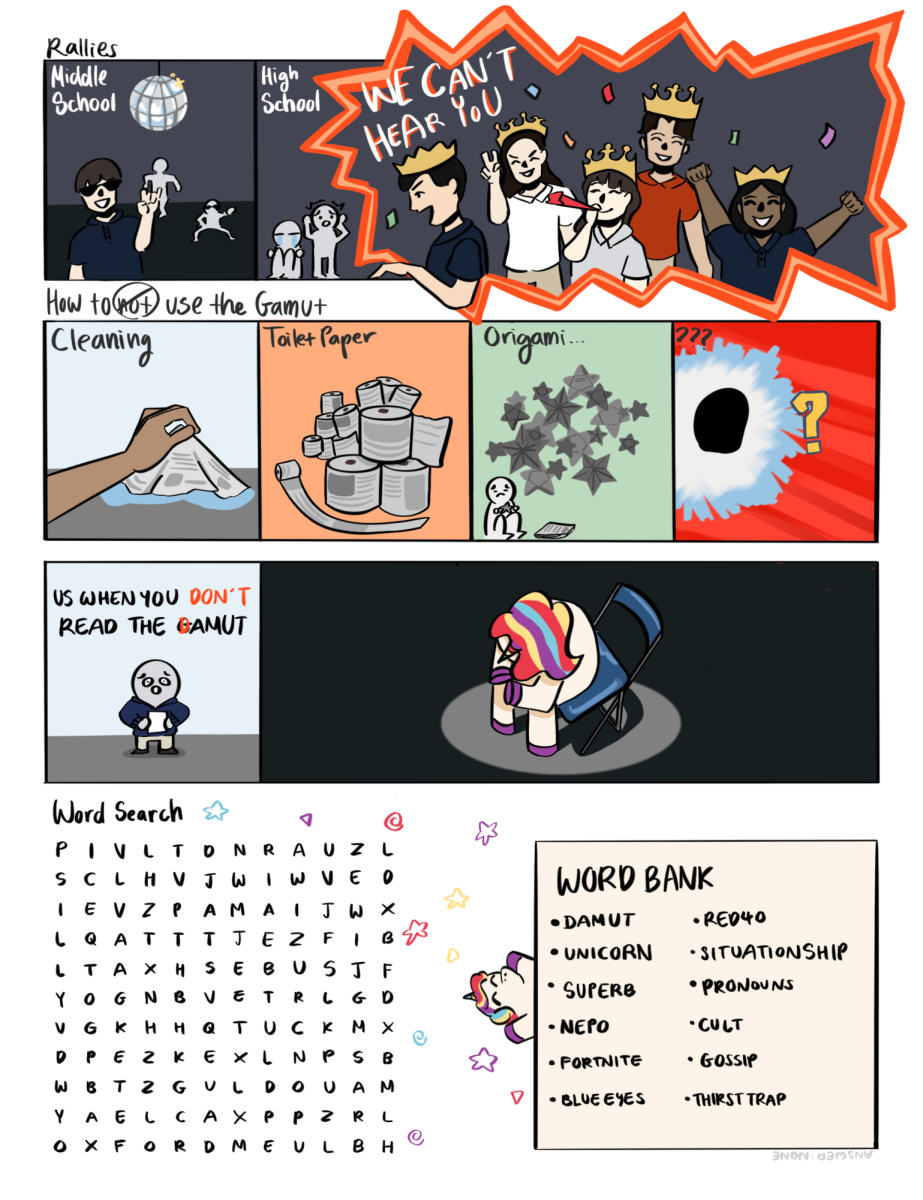Despite being completed independently and authentically, the learning management system, eKadence, has flagged many Oxford students’ work for AI usage. However, eKadence has outsourced its AI regulation software to GPTZero, a pre-existing, popular detector infamous for unreliable AI detection. Rather than relying on faulty external software that risks students’ academic history with consistent AI misreporting, eKadence must fully commit itself to enhancing the online classroom, starting with its embedded tools.
GPTZero’s inaccurate flagging of students’ work has inflicted stress on students, with many instances of completely student-produced work being marked as 100% AI-generated. Rather than fulfilling its purpose of “unlocking true student potential” as per its website, eKadence’s continued usage of GPTZero has sparked inaccuracies in the classroom, frustrating both students and teachers.
“The student’s work was [marked as] 100% AI-generated. This student wrote his response in a Google Doc which enabled him to write in Spanish,” AP Spanish teacher Mrs. Stephan said, observing the AI detector in her classroom. “It was his own work, but perhaps cutting and pasting from a Google Doc was the reason [GPTZero] flagged [it] as 100% AI-generated.”
Students in English and History classes have resorted to recording their homework process to validate their work’s authenticity in combat of eKadence’s false AI flagging — an emotionally and physically burdening inconvenience to students at the expense of proving themselves to teachers. By continuing to integrate GPTZero into its site, eKadence actively constrains its students, forcing students to focus on validating their work’s legitimacy rather than learning successfully.
With work being flagged as AI for copying and pasting from other platforms, the legitimacy of the AI detector is also called into question; instead of analyzing work for signs of AI usage or various patterns, one copy-and-paste can be the cornerstone of its decision.
While no AI detector is completely accurate, the constant inaccuracies from GPTZero in eKadence have raised concerns regarding its reliability for widespread use. Instead of completely relying on the detector, teachers should verify the authenticity of students’ work with a variety of tools: extensions such as Brisk, showing in-depth version history and copy-and-paste data, or analyzing constants between multiple AI detectors. Meanwhile, AUHSD also holds an obligation to aid its teachers in detecting AI and supporting its students in this process; instead of relying on another software with faults, the district should follow examples set by other organizations, such as Turnitin, which pioneered its technology to curb AI usage accurately.
Enforcing academic integrity requires accurate tools and cannot come at the expense of innocent students. AUHSD must take initiative beyond relying on GPTZero to fine-tune an AI detector that supports the classroom.

















































